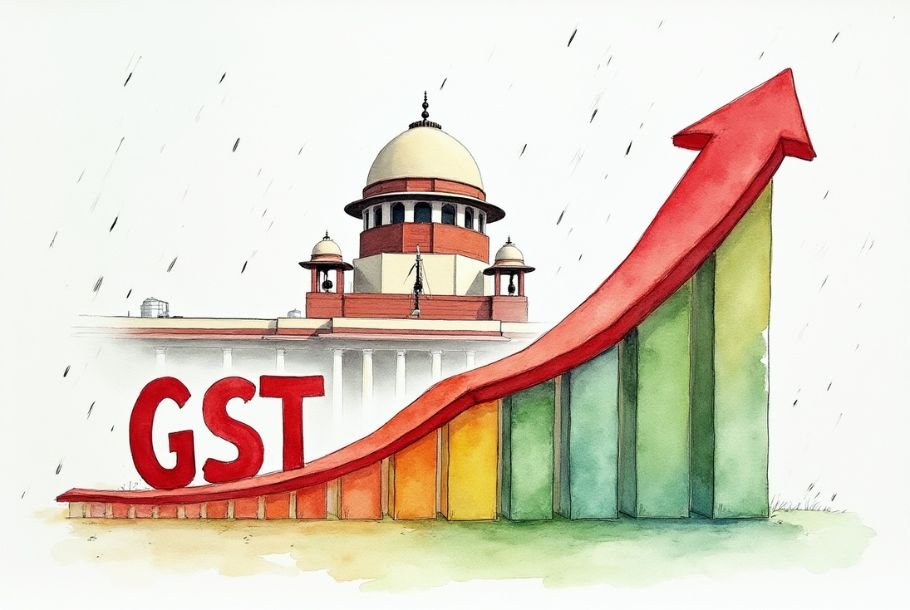SUSTAINABLE DEVELOPMENT
NEED FOR ADOPTION OF BIG DATA ANALYTICS (BDA): TO STAY COMPETITIVE FOR SMES IN INDIA
The Ministry of MSME is implementing “Digital MSME” Scheme for promotion of Information & Communication Technology in MSME Sector with a total budget of `85.705 Crore including Government of India’s contribution of `58.105 crore during 2017- 18 to 2019-20. The scheme envisages promotion of ICT applications to make them “Digital” by adopting new approach of Cloud Computing with the objectives to sensitize and encourage MSMEs towards new approach ie., Cloud Computing for ICT adoption in their production and business processes with a view to improve their competitiveness in National and International Market; Adoption of best practices to improve quality of products and services; and to benefit large number of SMEs in terms of standardizing their business processes, improvement in productivity through Cloud Computing by reducing the burden of investment on Hardware, Software and Infrastructural Activities using Cloud Platform. Cloud computing and Big data are considered as two sides of a coin: cloud computing’s killer application is seen as Big data, whereas IT infrastructure of big data is provided by cloud computing (Jin et al., 2015). Big Data Analytics (BDA) is the process of examining large and varied data sets — i.e., Big data — to uncover hidden patterns, unknown correlations, market trends, customer preferences and other useful information that can help organizations make more-informed business decisions. Analytics firms worldwide are also deploying analytical tools and techniques with big data gaining significant traction. More big data pilot projects are expected to be successfully delivered in the next few years because the returns on investment meet client expectations.
“Compared to traditional data, the features of big data can be characterized by 5V; namely huge Volume, high Velocity, high Variety, low Veracity, and high Value” (Jin et al., 2015).
- Volume: Large volume of data that either consume huge storage or consist of large number of records (Exabyte, Zettabyte)
- Variety: Data generated from greater variety of sources and formats, and contain multi-dimensional data fields
- Velocity: Frequency of data generation and/or frequency of data delivery data creation like streaming and aggregation
- Value: The extent to which big data generates economically worthy insights and or benefits through extraction and transformation
- Veracity: Inherent unpredictability of some data requires analysis of big data to gain reliable prediction. (Wamba et al., 2015) Three subcategories of business analytics are distinguished: (i) Descriptive analytics summarise, condense and aggregate data in a way to make big and complex data sets more easily accessible for human understanding. Graphics and aggregate statistical metrics are the basic tools of descriptive analytics. (ii) Predictive analytics enable forecasts of future effects based on historical data. The methodology of predictive analytics comprises statistical learning, machine learning, data mining and knowledge discovery from databases. (iii) Prescriptive analytics transforms the results of descriptive analytics and predictive analytics into business decisions. Methods from optimisation theory and operations research are important quantitative tools of prescriptive analytics. Work in these areas is referred to as data science with people proficient in data science being referred to as data scientists.The rapid rate of big data adoption by SMEs is fuelling SME Big Data Market growth at a CAGR of 42.94 percent for the 2013-2018 period.
A Leading supply chain Industry (X) in India, recently aims to make optimal use of available data to guide entrepreneurs and artisans on areas like deciding on the right selling price, payment automation, proper packaging, transportation, brand building. It will help MSME’s to sell their products directly to buyers across the nation and this will create huge employment opportunities even in the ancillary industries and reduce the migration of rural population to the urban areas. Analytics and market intelligence provided by X will assist in improving product R&D to help the artisans and master craftsmen create better saleable product ranges. The focus will be to continue to help entrepreneurs create products in tune with buyer requirements and grow significantly so that they may become manufacturers not only at a local but also at a national level. This in turn will help them plan their production and expand their business, revolutionising manufacturing in India, encouraging entrepreneurship and growing the rural economy.
In the recent past, enterprises have been skeptical about the adoption of Big Data and its return on investment. However, Small and Medium-sized Enterprises (SMEs) across various industry verticals have begun to leverage investments in big data analytics. Data is a highly valued asset in today’s connected world and is growing in volume like never before. Enterprises across the spectrum, from multinationals to SMEs, are exploring avenues to harness and exploit data. The use of big data technologies is altering the way businesses across industries operate. To address their voluminous data challenges, there is a dire need for SMEs to seriously think about big data adoption.This plunge will help them improve customer understanding, penetrate new markets, and eliminate overhead expenses in real-time.Big Data Analytics (BDA) renders various opportunities for SMEs to create a competitive strategic influence on decision making. Advanced data management and analytics drive growth for industries and companies.SMEs have proved themselves to be slow adopters of the new technology of Big Data Analytics (BDA) and are in danger of being left behind.
Scope of Big Data Analytics in SMEs :
SMEs are under intense pressure to prove themselves against corporate giants. Large businesses are equipped with technology infrastructure and operational abilities. They use these capabilities to harness actionable insights from data with analytics. On the other hand, SMEs are limited by constraints such as scale, storage, capital, and security. These factors leave a lasting impact, especially when technology is maturing at a rapid pace and keeping up with change becomes challenging. Apart from the large unawareness of Big Data potential for SMEs and general major concerns for data security and privacy; advocates reduced the challenges to six main points for SME growth:
- Ways to compete with enterprises & franchisees
- Inability to invest in customer acquisition
- Inability to manage supply chain, distribution & sales force
- Lacking timely insights into market movements
- Inability to deliver large order size with short cycle times
- Lacking Big Data expertise
Cloud technology and open source Hadoop systems for storage and computing are considered as cost-effective solutions in terms of hardware and software investments to process and analyze structured & unstructured data as well as reducing the total number of IT employee within the company. Also, reducing the focus on IT with intelligent business systems can lead SMEs to innovate hence, to growth. On the other hand, it takes us back to the privacy and security concerns. As SMEs create and store more transactional data in digital form, they can collect more accurate and detailed performance information on everything from product inventories to sick days, and therefore expose variability and boost performance. Big data allows ever narrower segmentation of customers and therefore much more precisely tailored products or services. McKinsey Global Institute’s analysis report states that big data helps organizations to make more efficient demand forecasting, shaping and supply planning, sensor data-driven operations analytics, “Digital Factory” for lean manufacturing, product sensor data analysis for after-sales service, concurrent engineering, design-to-value, crowd sourcing possible. (Manyika et al., 2011).
The future of the BDA industry looks bright. According to a NASSCOM report, the data analytics market in India is expected to touch $2.3 billion mark in 2017-181. SMEs have the perfect opportunity to restructure their tech knowledge and infrastructure to leverage large-scale benefits of BDA. Real-time and affordable cloud services facilitate SMEs across verticals to exploit BDA potential to their advantage. This is possible without making huge capital investments and by taking advantage of available cloud services to access data anywhere, anytime. BDA offers the freedom and mobility of using technology to improve customer understanding and penetrate new markets. Adoption of BDA has paved the way for SMEs to outperform their peers and competitors. Cutting across industry lines, both established and new players are now leveraging data analytics for driving strategies and innovation. Now is the time to move to BDA and organizations should do this before the opportunity has passed! Conclusion : Potentials and promises of Big Data are significant for SMEs. Big Data can offer SMEs by arrivingat real-time solutions to challenges in every industry. Two reasons are a) A small change in SMEs can have larger macro level effect due to their overall position in the economy; b) They have the advantage and flexibility for quicker adaptation to changes towards efficiency. The first step towards deriving benefits from Big Data Analytics is to embrace Cloud Storage of all transactional data.Modern analytics tools assist in building a serious strategy for collecting digital data and for harnessing the potential available through modern data analysis.


















